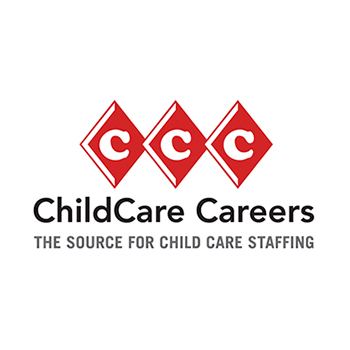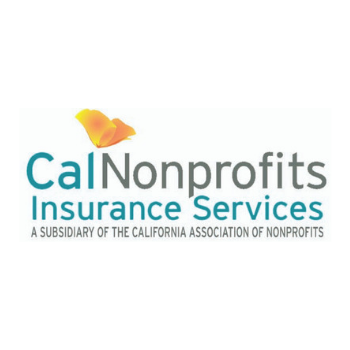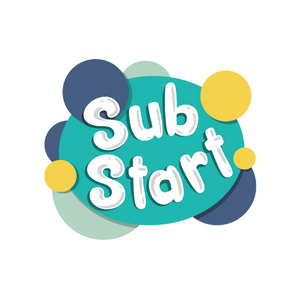Written By: Marissa LaBreque, Hanna Institute
As a director or leader in early childhood education, expectations can often be a complex dance between what we anticipate from our staff and the realities they face. It’s common to encounter situations where some team members may not meet the expected standards. It can be challenging to decipher where the responsibility lies. No matter how passionate and qualified your staff is, there will be times when performance flounders. Here are some trauma-responsive tools we use to not only improve outcomes but to deepen connections.
Unpacking Expectations
At times, it’s easy to assume that staff members who aren’t meeting expectations are simply choosing not to perform well. Most of the time, we find that a deeper examination reveals various factors are contributing to this scenario. Consider these aspects:
- Diverse Skill Sets: People bring different skills to the table, which may not always align with what we perceive as essential. Recognizing and valuing these diverse skills can lead to a more balanced and effective team dynamic. Sometimes just making a list of the traits, skills, and habits of individual staff members can unlock ideas about how best to activate your team.
- Trauma and Life Experiences: Past traumas or adverse life experiences can significantly impact an individual’s ability to perform certain tasks or respond to challenges. Understanding these underlying factors is crucial in offering targeted support. This kind of understanding takes time and trust, so just know that it often isn’t about you.
- Triggered Responses: Tasks or situations that resemble past traumatic experiences can trigger survival mode responses, hindering cognitive functions essential for problem-solving and rational thinking. Give yourself and dysregulated staff members 30 minutes to cool off and come back.
Supporting Staff Performance
When faced with subpar performance, adopting a supportive approach can yield better outcomes than solely focusing on reprimand or criticism. Here are actionable steps to consider:
- Identify Barriers: What obstacles are impeding your staff’s performance? Assessing physical, belonging, and cognitive needs can provide insights into potential areas for improvement.
- Skill Development: Determine which skills need enhancement and create tailored strategies to support skill-building. Providing clear expectations and opportunities for growth can motivate staff to excel.
- Normalize Mistakes: Encourage a culture where mistakes are viewed as learning opportunities. Debriefing after incidents allows for constructive feedback and promotes continuous improvement.
- Celebrate Progress: Acknowledge and celebrate staff improvements, no matter how small. Recognizing their efforts fosters a positive work environment and boosts morale. You can add shoutouts to regular meetings or staff emails.
Effective Leadership in Action
As a director, supervisor, or leader, your role extends beyond evaluating performance; it encompasses fostering growth and resilience within your team. By embracing empathy, clear communication, and a growth mindset, you can empower your staff to reach their full potential.
Reflect on your leadership style and consider how you can enhance support for your team’s skill development. Embrace curiosity, avoid judgment, and celebrate the journey of continuous improvement.
In conclusion, navigating staff expectations and performance requires a nuanced understanding of individual strengths, challenges, and the underlying factors influencing behavior. By prioritizing support, skill development, and a positive work culture, you can cultivate a team that thrives amidst challenges and achieves collective success.
If you would like to learn more, you can sign up for Trauma-Equipped Training with our supervisor add-on built specifically for Head Start California directors and leaders.






















